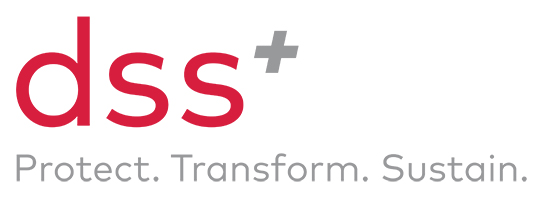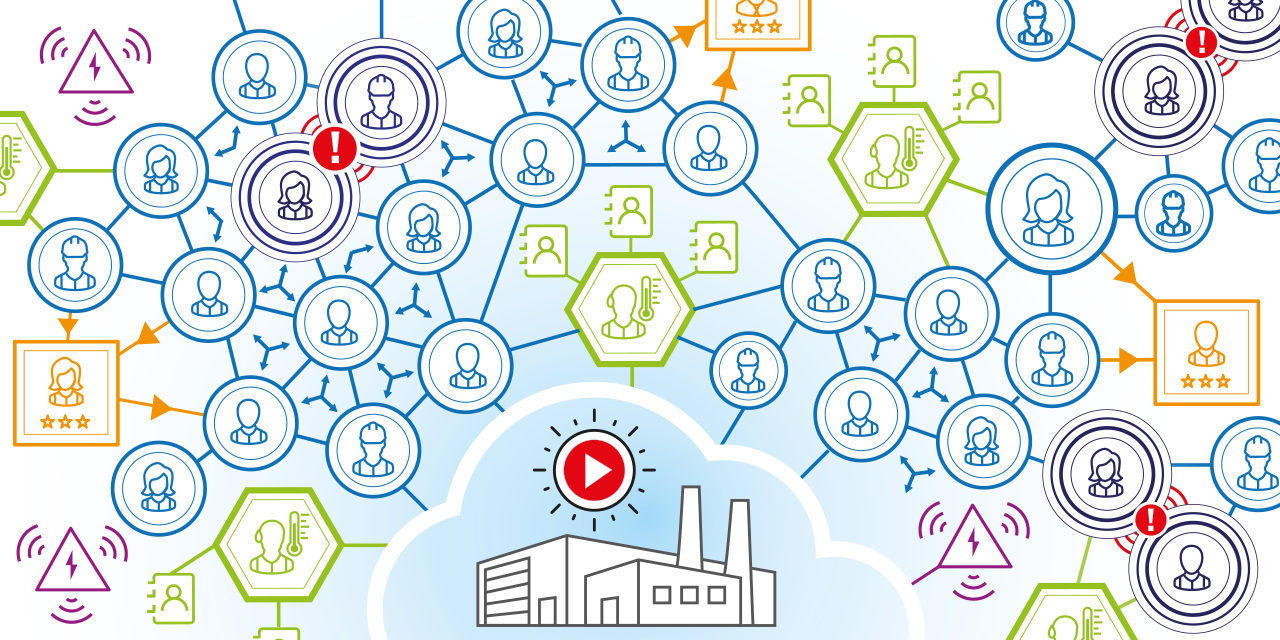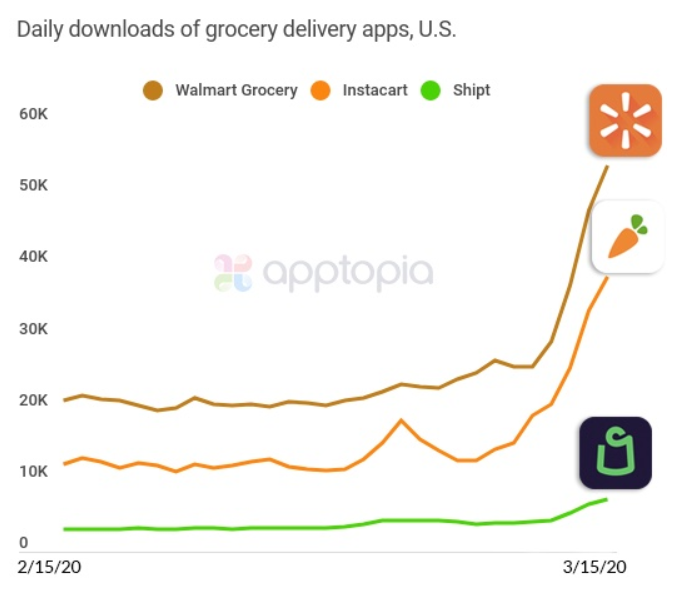
- Digitalization Trends in the Mining Sector
By Marco Pagnini, Principal, dss+
Anglo American recently outlined its vision to become a leading player in digitizing its mining operations across the value chain during a meeting with analysts earlier this year. The CEO seeks to bring the group’s operations in line with the mine of the future by remodeling the business for growth and sustainability while using technology and innovation as enablers and accelerators.


The global mining company is certainly not alone in its bid to reinvent itself, with increasing pressure to have cleaner, safer and more efficient processes, many other organisations are using digitalisation and data analytics to improve operational excellence and risk management.
The International Data Corporation has cited worldwide spending on the technologies and services that enable the digital transformation of business practices, products, and organisations is forecast to reach $1.97 trillion in 2022. Companies are expected to invest USD 1.25 trillion in 2019 in digital technologies in the hope of speeding up production processes, improving products and service quality, easing knowledge sharing, increasing supply chain reliability and integration, advancing HSE performance and, ultimately, impacting top and bottom line.
The mining sector would benefit tremendously by using digital, technology and data analytics to optimise operations, asset performance and reduce risk. However, to get this right, they will need to overcome the legacy of their operations which are often broken down into individual operating silos, with ineffective integration between mine, processing and transport. By bridging these elements of the supply chain together, there is likely to be the largest scope for change and opportunity to find new efficiencies that drive results. To overcome these barriers and achieve effective digital transformation, there must be a focus on foundational systems, processes and, importantly, the right capabilities and mind-set need to be put in place.
Leveraging digitalization to improve business performance and reduce risk
In a challenging market, digitalisation has become a business imperative, leveraging the latest technology to improve processes in order to remain competitive, reduce risk and boost operations and business performance.
Simulation based planning using digital twins allows mining companies to analyse their processes in a virtual setting, and project operational performance using ‘what if’ scenarios, thereby reducing the time and cost during prospecting, exploration and mining operations.
Artificial intelligence and advanced analytics are being applied to drive process improvements, identify and remove bottlenecks, increase asset availability, reliability and utilisation as well as optimise cost and reduce EHS (Environmental, Health and Safety) footprint. BHP Billiton, for example, deploys advanced sensors in the extraction phase which provide greater information about the ores. There is an increase in the predictability of the pit allowing for a more precise extraction of copper. In addition, processing and waste are reduced.
Digital solutions also exist which can improve both operations performance and mitigate risk namely autonomous drills, self-driving trucks, and trains, as well as sensor-driven equipment monitoring. Big data captured through real-time monitoring from people working on the mines, the environment, and equipment, can provide relevant insights and be translated into specific short interval controls as well as strategic plans. For example, workers fatigue can be monitored through wearable technologies and man-machine interaction can be controlled through real-time sensors.
Adoption of VR / AR (Virtual Reality / Augmented Reality) is increasingly common to train and upskill the workforce in safely executing high risk tasks and problem solving key operational challenges. Experiential learning, gamification and just-in-time reinforcement – digital enabled – are more effective in supporting competency development and measuring impact.
Drones are being used both for inventory management, site surveying, traffic management, and maintenance. Furthermore, 3D printing of spare parts can reduce downtime and ensure production levels are maintained. There is also the opportunity to create better performance in shipment tracking, route optimization and fleet dispatching, which results in optimized integration from pit to port.
Key success factors for digitalizing the mining operations
While the applications of digitalization and technology in mining are becoming endless, we have identified key factors that are critical for the success of any digitalization effort, from pilot to large scale implementations.
- Focus on key business value and risk drivers
Digitalization must address a clear and relevant business problem. It is therefore essential to adopt an integrated and holistic view of the key value drivers and risks along the supply chain to maximise impact to business and EHS performance through digitalization. - Leverage digital capabilities in decision-making and performance management processes
It is essential to integrate digital capabilities into the Management Operating System and Operating Model of the business, across all organisational levels. In this way, digital solutions can effectively support decision-making as well as active performance and risk management, from the strategic down to the day-to-day operational level. - Address the leadership and cultural change required for successful adoption
Aside from the potential benefit, digitalization programs may also pose a number of challenges that need to be properly recognized and addressed to ensure successful adoption. For example, in the case of people related data from wearables or other distributed sensors, digitalization might alienate front line and shop floor personnel. The process may generate a fear of “being watched” and a sense of unease. The role of leadership is therefore paramount to proactively engaging the organisation to effectively facilitate the change by upskilling the employees, removing barriers to change, neutralizing fears and role modelling desired behaviors and mind-sets. For this purpose, the Leadership needs to be prepared to stretch and further evolve their leadership skills to the next level, in order to successfully engage and support the organisation along the journey.
As the mining industry navigates a challenging business environment characterized by market volatility, declining grades, shifting demand, increasing costs and international pressure to improve its environmental, social and governance footprint, while ensuring profit to shareholders, the need to embrace technological and digital innovation seems a strategic lever for propelling the industry into the future of mining.
The case for innovation in mining has never been more compelling.
Learn more about the solutions dss+ offers to create a mine of the future.






